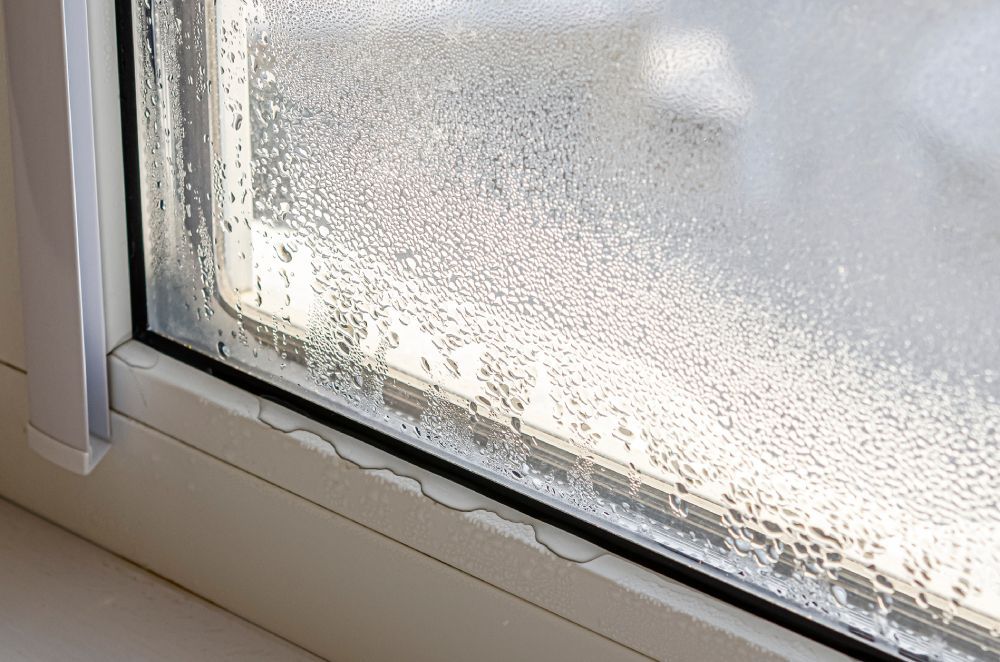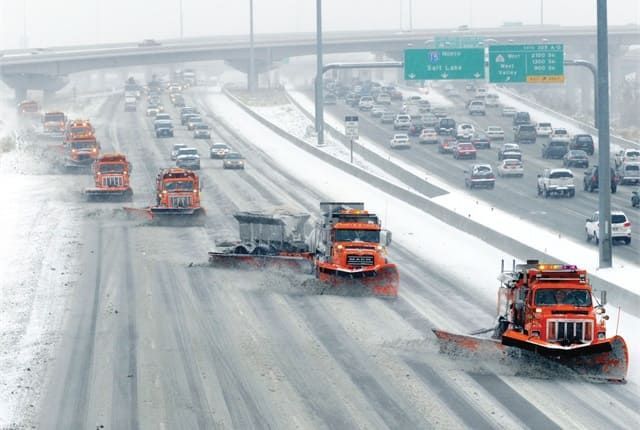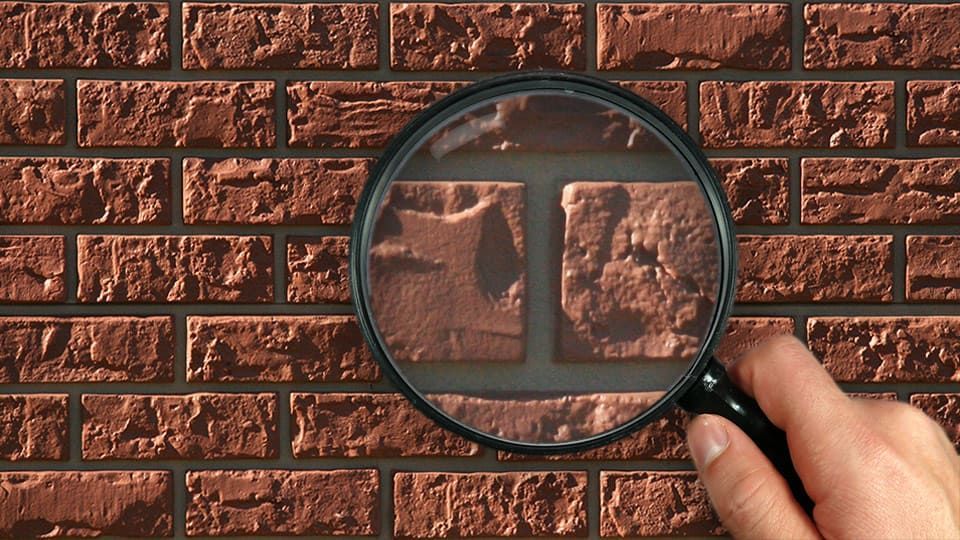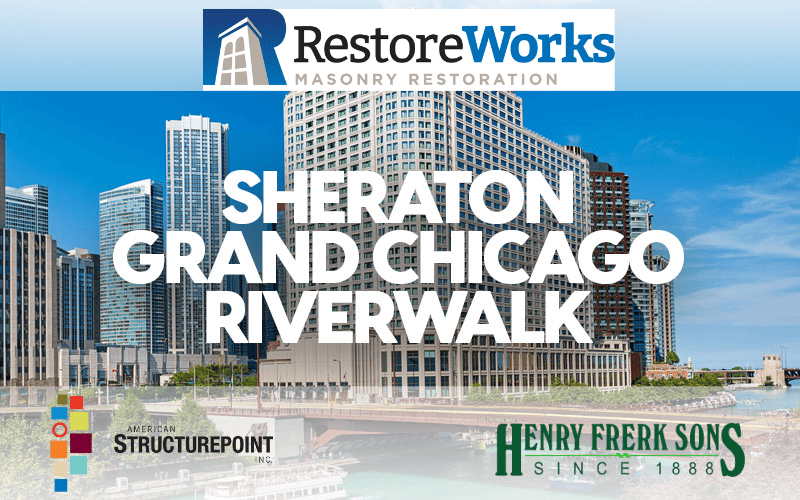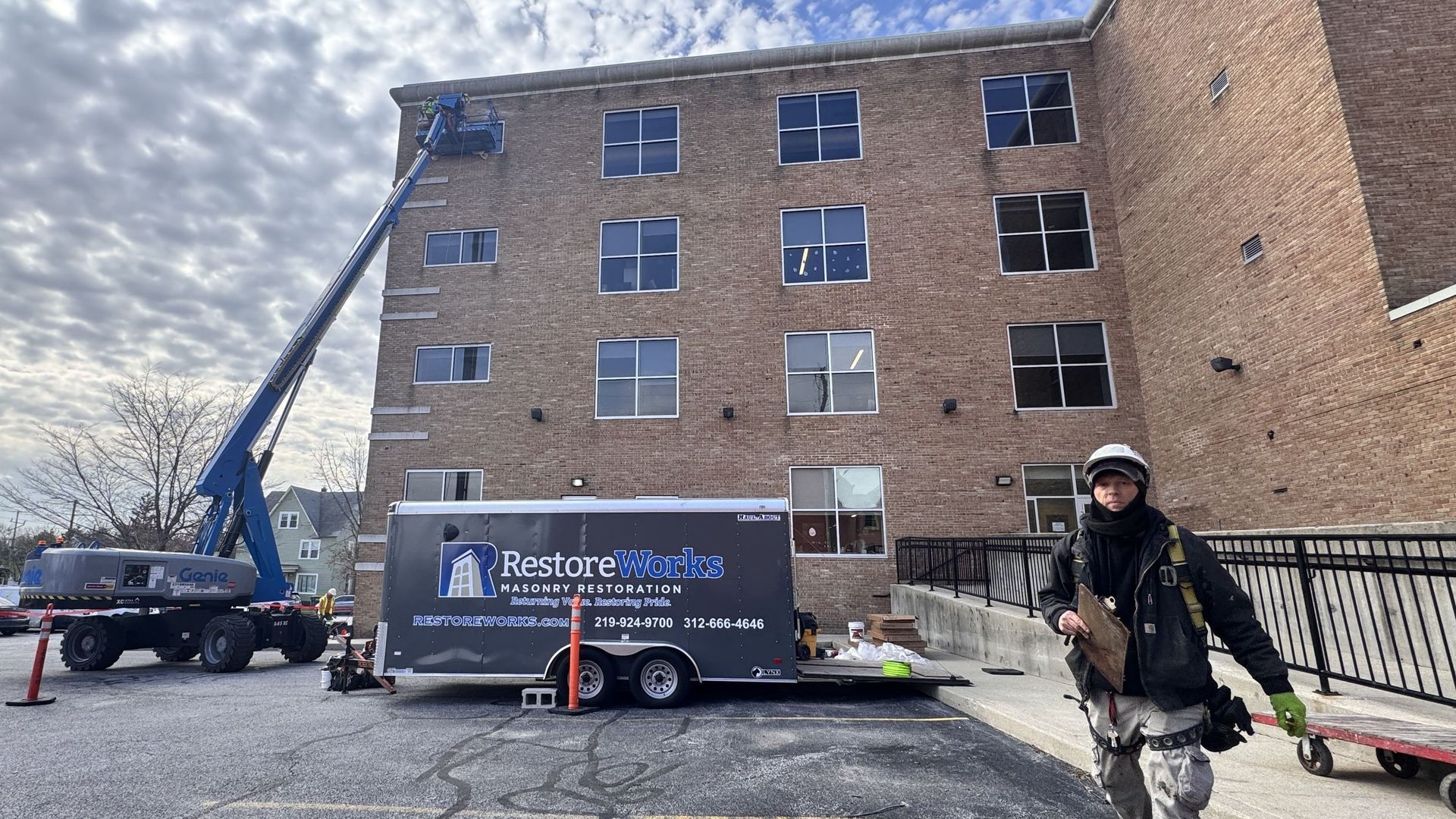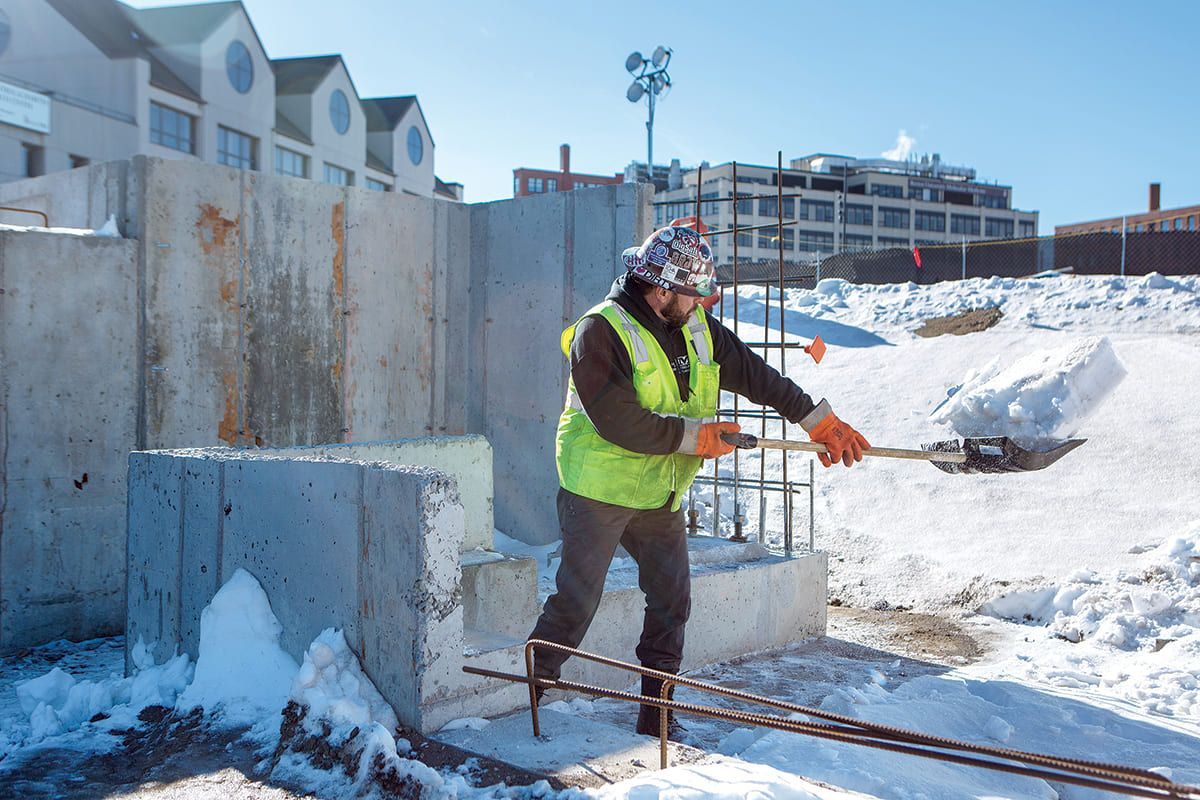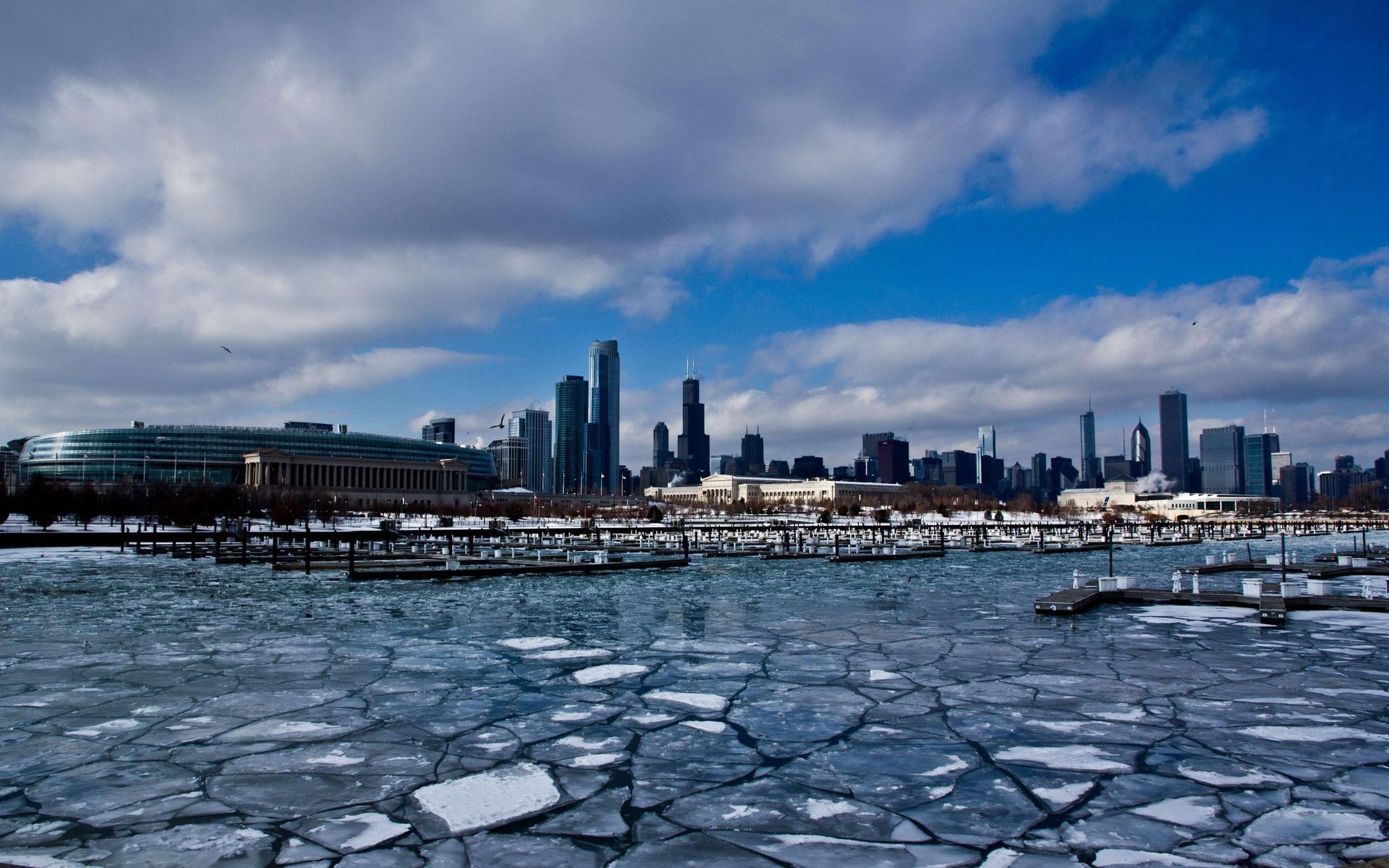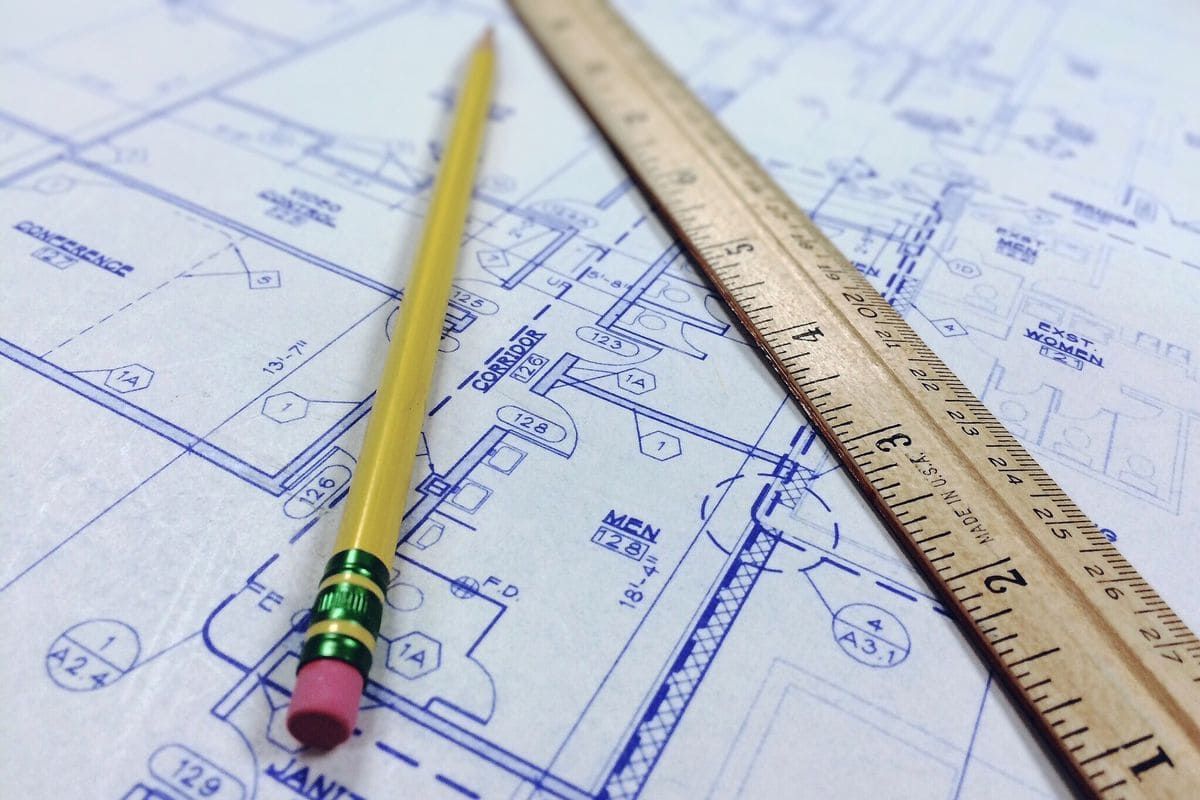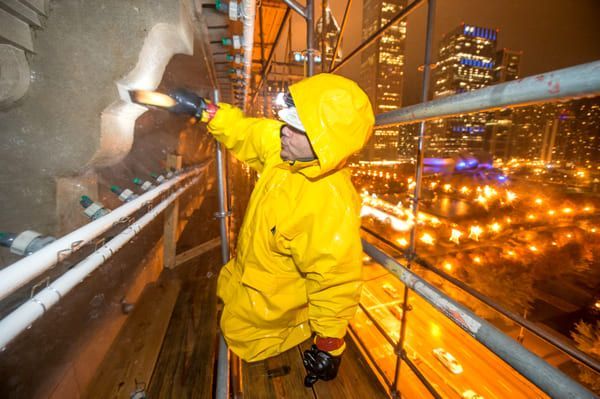One of the most common issues commercial buildings face is water leaks around windows and doors. Knowing how to check for water leaks is crucial for facility managers, property owners, and maintenance teams. Window leaks often go unnoticed until they cause structural damage, air loss, or increased energy bills. In many cases, leaking windows also lead to wall damage, mold growth, and higher repair costs.
This guide will help you locate and identify leaks around doors and windows before expensive problems set in. Early detection and working with qualified masonry restoration professionals will allow you to fix the source of the leak effectively.
How to Identify Leaks Around Windows and Doors
Understanding how to find window leaks in a commercial building is essential to preventing long-term damage. Air and water infiltration not only reduces efficiency but may also signal problems with the seal, frame, or façade.
Here’s how a person can detect leaks around windows and doors using basic inspection techniques:
- Conduct a visual inspection: Look for visible gaps, cracks, or openings around window and door frames. Check where the frame meets the wall and at joints.
- Use a flashlight: Turn off the lights and shine a flashlight around the edges to see where light passes through. This is a simple form of leak detection.
- Check the weatherstripping: If the rubber gaskets or seals are worn or missing, air and moisture may be leaking in. Replace damaged material promptly.
- Inspect the caulking: Failed caulk allows water leaks and air drafts. If caulking is brittle or missing, it’s time to reseal the area.
- Listen for whistling or dripping: Pay attention to subtle signs of a leak, like air movement or a soft drip. These could indicate hidden water issues.
- Check for condensation or staining: Signs of a leaky frame include water stains, cracked paint, or warped materials.
All of these steps are critical if you're unsure how to tell if a window is leaking or how to tell if your windows are leaking air.
Causes of Window and Door Leaks
Several underlying issues may lead to leaking windows and doors:
- Improper installation: Misaligned frames create gaps that allow water and air infiltration.
- Sealant failure: Over time, the sealant breaks down and must be replaced to prevent moisture intrusion.
- Aging materials: Materials around windows shrink, crack, or degrade. This includes gaskets, caulk, and plastic frames.
- Building movement: Shifting foundations or walls may remove proper alignment, causing separation and leaks.
- Poor maintenance: Neglecting to check and maintain windows regularly allows minor issues to grow into serious problems.
- Environmental wear: Wind, pressure, and freeze-thaw cycles common in Chicago contribute to ongoing masonry deterioration.
If you’ve noticed a drip or temperature inconsistencies, it's time to schedule a window leak inspection.
Preventing Window and Door Leaks
You can prevent water damage and reduce costs by applying the following best practices:
- Hire a masonry restoration expert: Trained professionals can locate and repair sources of the leak through proper sealant application, tuckpointing, and lintel repair.
- Maintain caulking and weatherstripping: Annual inspection and replacement of rubber seals and caulking can prevent air and water leaks.
- Address structural problems early: A failing lintel, deteriorated mortar joint, or cracked wall can be the source of the leak. These should be restored by skilled technicians.
- Test for air infiltration: Conduct blower door testing or use smoke pens to check airflow and pressure differences near windows and doors.
Effective maintenance means fixing small problems before they require complete replacement.
Leak Inspection: Professional vs. DIY
Performing a window leak inspection is possible on your own, but in some cases, it’s best to call in professionals for a more thorough examination. Here’s when to call a professional or window technician:
- Persistent Leaks: If you’ve tried DIY methods and the leaks continue, it may be time to call a licensed window technician who can assess the structural integrity and repair flashing or frame issues.
- Hidden Leaks: Some leaks, such as those beneath the window frame, may not be visible during a standard inspection. Professionals can use advanced tools like moisture meters or infrared cameras to detect hidden leaks, especially if drips or running water aren’t visibly entering.
Schedule a Window Leak Inspection and Learn How to Check for Water Leaks
RestoreWorks provides expert window leak inspection and commercial masonry repair services across Chicago. Our technicians are trained to handle complex leaks caused by failed caulking, aging masonry, lintel damage, and structural settlement.
If you're unsure how to check for water leaks around commercial windows and doors, our team will assess all potential entry points and identify the source of the leak. We’ve worked on landmark buildings such as the Wrigley Building and the Art Institute of Chicago, where leak detection and façade restoration are critical to long-term preservation.
When it comes to leaks in your building, early inspection and expert restoration can prevent costly structural issues and energy loss. Contact us to schedule an on-site evaluation.
Common Questions About Leaks Around Windows and Doors
How Can I Detect Hidden Leaks Around Windows and Doors?
To detect hidden leaks, use a moisture meter or infrared camera to check for areas of moisture behind the walls or window frames. You can also look for subtle signs like peeling paint or damp spots that may indicate hidden leaks.
Can Window Leaks Be Caused by Poor Installation?
Yes, improper installation of windows can cause gaps and misalignments that lead to leaks. If the window was not sealed correctly during installation, it may require professional inspection and repair to ensure a proper seal.
How Often Should I Inspect My Windows for Leaks?
You should inspect your windows for leaks at least once a year, ideally during the spring or fall when extreme weather conditions are less likely. However, check them immediately after severe weather, such as heavy rain or snowstorms, for any visible signs of damage or leaky windows.
What Should I Do if I Can’t Find the Source of the Leak?
If you’re unable to find the exact source of the leak, consider using a smoke test, where smoke from incense or a candle is moved around the edges of the window. The smoke will reveal any airflow that can pinpoint the location of the leak. You may also want to hire a professional for a thorough leak detection service.
Are There Any Temporary Solutions for Window Leaks Until I Can Make Repairs?
Yes, you can temporarily seal leaks around windows with plastic sheeting or temporary caulking. However, this should only be a short-term fix, and it’s important to repair the window properly as soon as possible to prevent water damage.
Can I Repair a Leaking Window Myself, or Do I Need a Professional?
While simple sealant repairs can be done yourself, more complex issues like frame damage or flashing failure may require a professional. If you notice ongoing leaks or structural damage, it’s advisable to consult with an expert.

